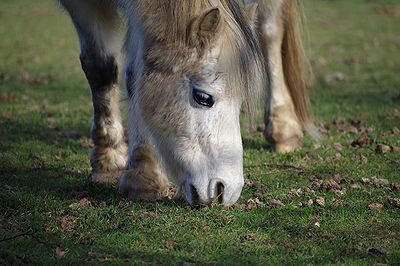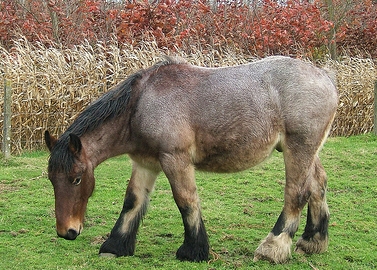
Horses love grazing. When put out to pasture they graze for hours on end. But what’s the best way to maintain those grazing grasses?
Rotational grazing is the answer, especially in seasons with little or no rainfall. Plant areas with warm season grasses such as Bermuda grass. Alfalfa has a deep root system and will continue to produce even during dry seasons. Allow your horses to graze an area until grass is down to about 4 inches. Move the horses to another area until that one recovers to about 8 inches. There may be times when an area may be over-grazed until other areas recover.
In summer, when there’s usually an abundance of pasture grass, it can be high in sugars and calories. After a winter of perhaps a bit of over-indulging and little exercise, you may want to watch your horse’s diet. You can try by limiting grazing time to 8-10 hours. Pasture growth changes with the weather and the seasons. If there is little pasture to graze you will have to add hay and supplements.
Managing your pastures to make sure grasses have the proper nutrients is important to fulfill your horse’s nutritional needs. Evaluate your pastures areas and see what the best grazing schedule is for your horses to maintain a good weight and good nutrition.
Rotational grazing is not only good for the pasture, it cuts down on weeds, some of which can be toxic to your horse. Don’t neglect going over the pasture areas to check on toxic weeds and plants.


